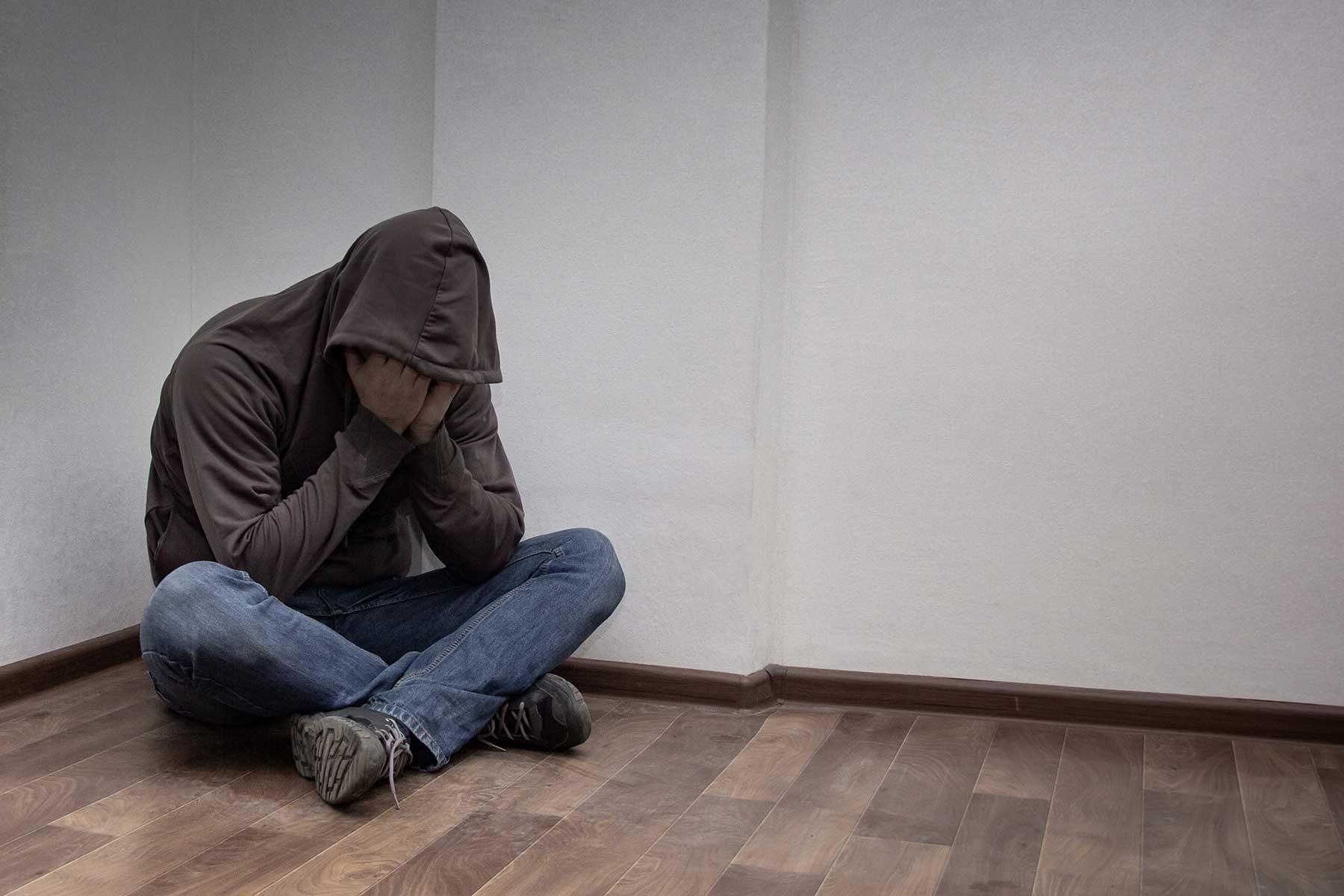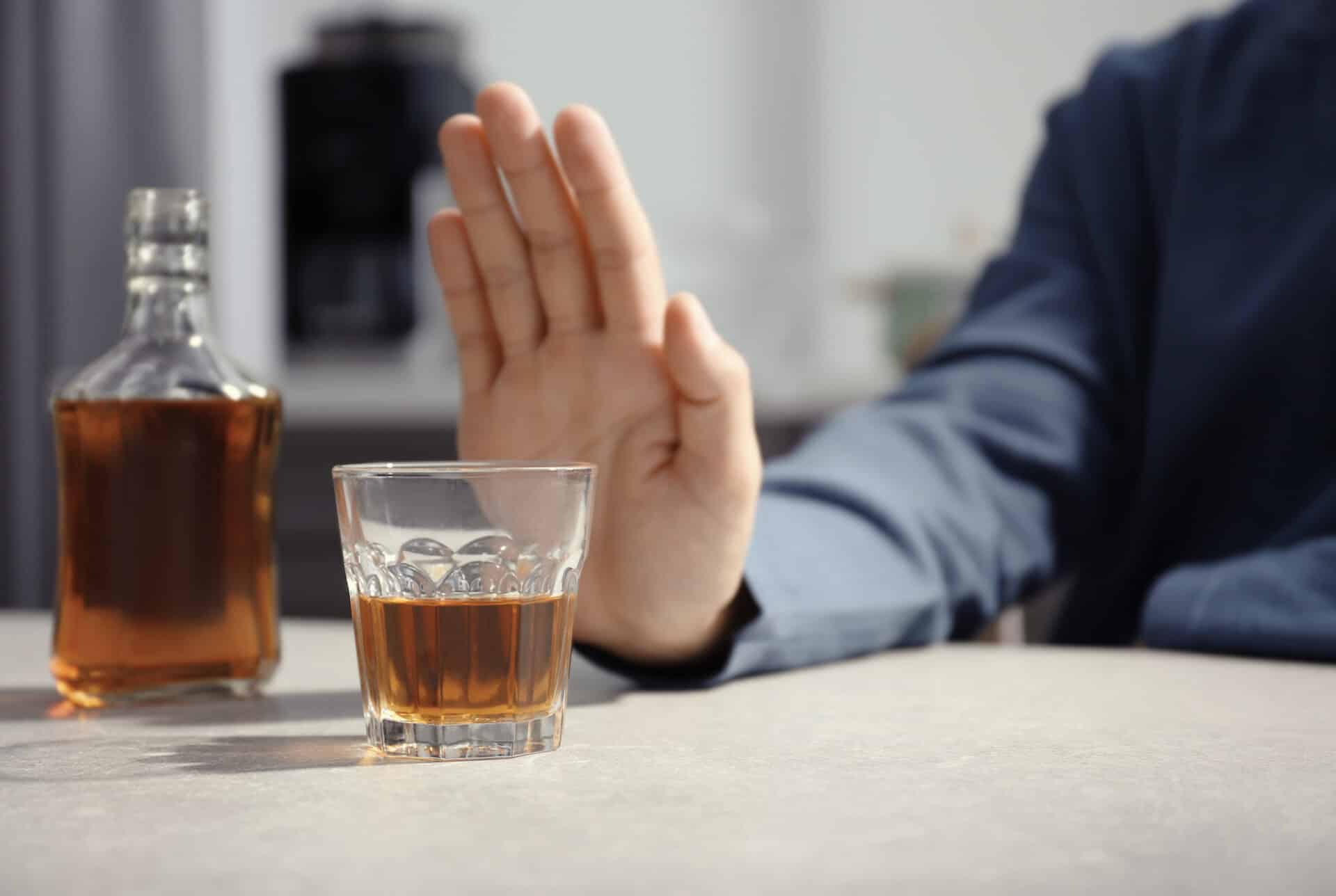
Millions of people each year are addicted to Vicodin, an opioid pain reliever. Commonly prescribed for moderate to severe pain, or chronic conditions that require ongoing pain management, Vicodin is one of the most abused prescription drugs in the United States. Quitting Vicodin isn’t easy. Like other opioid drugs, quitting the use of Vicodin cold turkey can result in withdrawal symptoms. Ranging from unpleasant to debilitating, vicodin withdrawal symptoms represent a real hurdle for thousands of individuals who are trying to kick their prescription drug abuse habit. Most people who are abusing Vicodin and other opiates have had some experience with the earliest of the withdrawal symptoms. Often, these symptoms encourage them to return to using opiates again, as this offers immediate relief from the withdrawal process. Due to the high rate of relapse associated with Vicodin and other opiates, it is important to go into the withdrawal process with a full understanding of the symptoms you might face.
What is Vicodin?
If you aren’t familiar with what Vicodin is, learning more about the drug itself is a good place to start before diving into the vicodin addiction withdrawal symptoms associated with it. Here are some quick facts about Vicodin:
- Opioid – If you were wondering if Vicodin is an opioid, it’s actually one of many drugs that is part of the opioid class of drugs. Opioids can occur naturally, such as opium which is harvested from certain types of poppy plants. Or, opioids can be fully man-made, such as the synthetic opioid fentanyl. Vicodin itself is a semi-synthetic opioid. Regardless of how they are manufactured, all opioids interact with the body through opioid receptors, allowing them to lower the body’s perception of pain.
- Combination Drug – Vicodin is a type of opioid analgesic known as a combination drug. Many opioid pain relievers are actually a combination of an opioid and another drug. Vicodin is the brand name for the combination of hydrocodone and acetaminophen. Vicodin is prescribed in different strengths, usually ranging from 5-10 milligrams of hydrocodone and 300 milligrams of acetaminophen.
- Pain Management – The central reason Vicodin remains so popular in our modern medical system is because it has been shown to be an effective pain reliever for mild to severe pain. The opiate in Vicodin, hydrocodone, is roughly 7 times stronger than codeine, another popular opioid analgesic. Though Vicodin is frequently used for the management of short-term pain, it is also used for individuals that suffer from chronic pain. For these individuals, long-term use of this medication can result in a number of side-effects including a high tolerance and chemical dependency.
Opioid prescription pain relievers have an important use within our modern medical practices, but there is also a darker side to these drugs. Specifically, the widespread use of opioid drugs for pain management has contributed to a marked increase in the abuse of opioid painkillers as well as the total number of deaths associated with these drugs every year. Here are some statistics provided by the National Institute on Drug Abuse (NIDA) regarding the abuse of opioid pain relievers.
- The number of prescriptions rose from 76 million in 1991 to 207 million in 2013.
- The United States accounts for nearly 100% of all Vicodin prescriptions around the world.
- Overdose deaths from opioids totaled nearly 17,000 people in the United States in 2010, three times as many as 20 years previously. Between 2015 and 2016 overdose deaths from prescription opioid pain relievers increased 10.6%.
- Deaths involving prescription opioids and other synthetic narcotics accounted for nearly 1/3rd of all prescription opioid overdose deaths.
Vicodin Withdrawal Timeline
Before breaking down the symptoms of Vicodin withdrawal, it’s important to first get a sense of the timeline for withdrawal symptoms. While withdrawal from Vicodin does share many features with withdrawal from other opiates such as heroin and morphine, it also differs in important ways. One of the ways that Vicodin differs from these other, more powerful opiates is in the time it takes for withdrawal symptoms to manifest. The key difference between opiates like heroin and pain relievers like Vicodin is in how quickly they exert their influence on your body. Heroin and morphine are considered fast-acting opiates, as the onset of their effects is nearly instantaneous when injected. In contrast to this, pain relievers such as Vicodin are intended to provide pain relief over the course of 4-6 hours. Due to this difference, you may not begin to feel the onset of vicodin withdrawal symptoms for up to 30 hours after your last dose. The length of time from your last dose of Vicodin until you begin to feel the onset of withdrawal symptoms will vary depending on a number of factors. These factors include your:
- Tolerance
- Length of time using Vicodin
- Dosage
- Metabolism and health profile
Some individuals may begin to feel withdrawal symptoms as early as 4-6 hours after their last dose, while others may not feel symptoms until 24 hours or more after their last dose. Once withdrawal symptoms begin to manifest they will begin to increase in intensity over the first 72 hours. 72 hours after the onset of withdrawal symptoms will generally peak, and then begin to subside over the next few days. Most people going through Vicodin withdrawal will note that physical withdrawal symptoms largely subside after 1 week, with non-physical symptoms potentially lasting longer.
Symptoms of Vicodin Withdrawal
The symptoms of withdrawal from opiates, in general, are very uncomfortable and withdrawal from Vicodin is no different. Physical withdrawal symptoms from Vicodin can broadly be described as “flu-like” or mapping closely onto symptoms you might experience with the common flu. Alongside physical withdrawal symptoms, most people experience some type of non-physical withdrawal symptoms as well. We’ll breakdown both the physical and non-physical withdrawal symptoms stemming from Vicodin abuse. Keep in mind, however, that you may experience some but not all of the symptoms we outline. Withdrawal from any drug is an experience that varies greatly for each individual. You might not experience some symptoms entirely, and the intensity of the symptoms you do experience will vary as well.
Physical Withdrawal Symptoms
- Nausea
- Vomiting
- Diarrhea
- Excessive Sweating
- Yawning
- Elevated Heart Rate
- Elevated Blood Pressure
- Fever
- Muscle Aching
- Chills
- Runny Nose
The physical symptoms associated with Vicodin withdrawal track closely to those experienced with the common flu. Like the flu, many of these symptoms result in the expulsion of fluids from the body. Symptoms like vomiting, diarrhea, and excessive sweating are not only uncomfortable but can quickly lead to dehydration. The risk of dehydration and other health complications associated with physical withdrawal symptoms is one of the reasons that opiate withdrawal should be done under medical supervision.
Mental Withdrawal Symptoms
- Agitation
- Depression
- Difficulty Sleeping
- Desire to Use Again
- Anxiety
Most people that go through withdrawal from Vicodin will experience one or more mental withdrawal symptoms. These symptoms may manifest at any time during the withdrawal process. Most often, individuals going through Vicodin withdrawal will experience physical and non-physical symptoms at the same time. This can present unique challenges for a recovering addict. For many people going through Vicodin withdrawal, difficulty sleeping is common. Insomnia as a result of opiate withdrawal can occur any time during the withdrawal process, with some individuals experiencing it long after physical withdrawal symptoms have manifested. If you are in the throes of the physical withdrawal symptoms, the inability to fall and stay asleep can make already uncomfortable symptoms nearly unbearable. Many people that go through Vicodin withdrawal will also experience some degree of anxiety or depression. Anxiety or depression can be a result of the withdrawal process, or it may be the result of an underlying mental health condition that has gone untreated. In either case, addressing any mental health issues that arise during Vicodin withdrawal can make the process more bearable.
Risks During Vicodin Withdrawal
There are two areas of risk that you should be mindful of if you or your loved one is going through Vicodin withdrawal. These are the risk of relapse and dehydration. Let’s take a look at each of these in turn.
Relapse
In most situations, relapse poses the greatest risk to the person in recovery from an addiction to opiates. For powerful opiates like heroin, relapse is usually the most dangerous period of time. This is because during withdrawal their tolerance for opiates goes down. When a relapse occurs, the recovering addict may return to the dose they were using before, placing them at risk for an overdose. While relapsing on Vicodin may not pose the same dangers as heroin, there remain substantial risks. Remember that there is a strong correlation between prescription opioid use and overdose from a second drug. Given this, minimizing a potential return to the use of opiates is imperative.
Dehydration
Withdrawal from opiates usually occurs without any significant health risks. Though uncomfortable, the withdrawal symptoms associated with Vicodin aren’t typically life-threatening. With that being said, there is a risk of developing acute dehydration during the withdrawal process. Most of the physical withdrawal symptoms from opiates result in some form of fluid loss from the body. These symptoms can last up to a week, often resulting in a net loss of fluids over time. Since most people going into withdrawal for opiates aren’t properly hydrated before the withdrawal process, becoming dehydrated is always a risk.
Treatment Options for Vicodin Withdrawal
The Vicodin withdrawal process presents a serious hurdle for many people who desire to be sober but struggle with their addiction. Gaining a better understanding of the withdrawal process and its symptoms can help give you an idea of what to expect during withdrawal, but doesn’t necessarily help with withdrawal itself. The best way to minimize the duration and intensity of Vicodin withdrawal symptoms is through medical management. There are two ways that most individuals go through Vicodin withdrawal under medical supervision. The first is through a Vicodin detox program, and the second is through a tapering process under the supervision of a healthcare professional. A detox program is usually the preferred choice for a number of reasons, including:
- Safer – In a detox treatment program, you are under medical supervision the entire time. Medical staff can monitor your vital signs, administer medications to help alleviate certain withdrawal symptoms, and identify any health complications early.
- Less Risk of Relapse – Detox programs ensure that you won’t relapse during the withdrawal process. Relapse during withdrawal is very common. Avoiding this outcome should be a high priority for anyone seeking to overcome their Vicodin addiction.
A second route that is sometimes used to navigate the Vicodin withdrawal process is through tapering. Using a tapering method, a medical professional will have the dose of Vicodin reduced slowly over time. This continues until it can be safely eliminated without incurring withdrawal symptoms. As the dose of the drug is tapered down, the individual may also be required to go through therapy and counseling sessions to help them identify and deal with the underlying issues that gave rise to their addiction.
Final Thoughts
Withdrawal from Vicodin, like other opiates, can be a challenging and uncomfortable process. Individuals going through withdrawal from Vicodin will typically experience both physical and non-physical symptoms. Physical withdrawal symptoms from Vicodin include nausea, vomiting, chills, and diarrhea, making them similar to the flu. Alongside physical symptoms, many individuals experience insomnia, anxiety or depression, and a strong desire to use Vicodin again. Individuals quitting Vicodin can expect withdrawal symptoms to begin anywhere from 4-30 hours after their last dose. This timeframe is influenced by a number of factors including their history of abuse and tolerance as well as how long Vicodin lasts in your system. Once withdrawal symptoms appear they will increase in intensity over the first 72 hours, with most physical withdrawal symptoms subsiding by the end of the first week. Mental withdrawal symptoms like insomnia may persist for weeks or months after they have quit. Just as with other opiates, navigating the Vicodin withdrawal process should only be done under medical supervision. There are many different treatment options and pathways for dealing with an addiction to Vicodin, including medication-assisted treatment (MAT) which can make the transition to sobriety less difficult. To learn more about what addiction treatment options might be right for you or your loved one, please contact Apex Recovery today.















